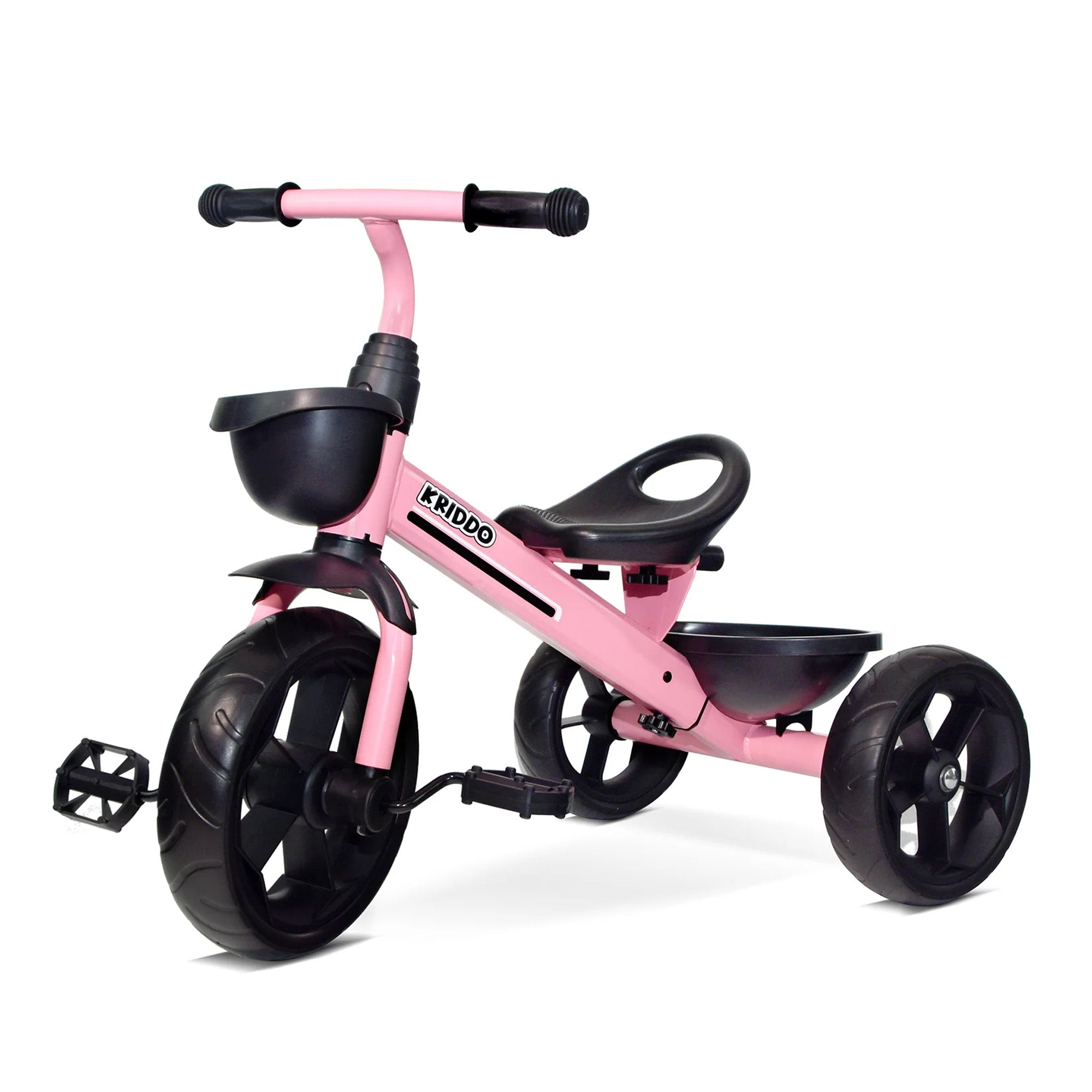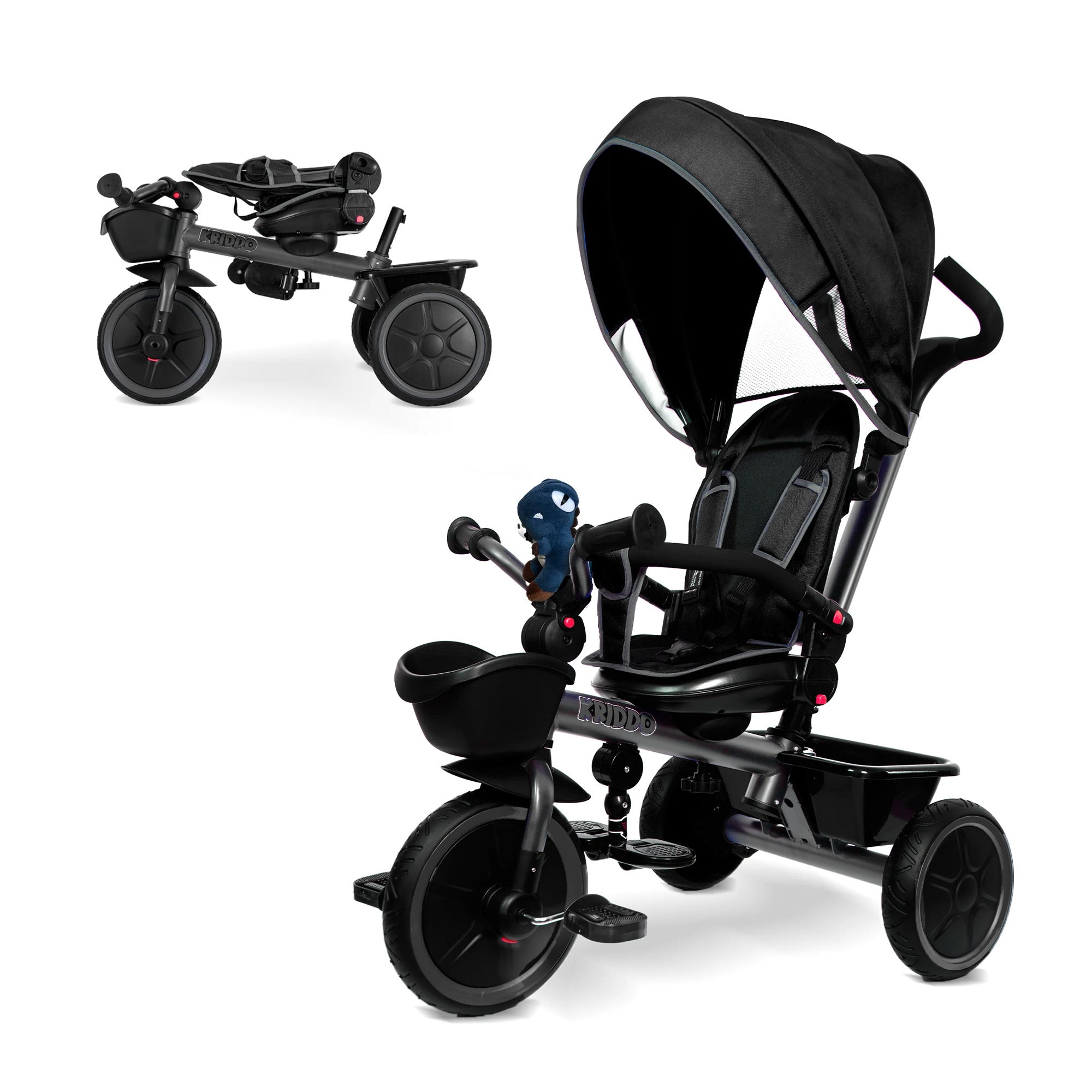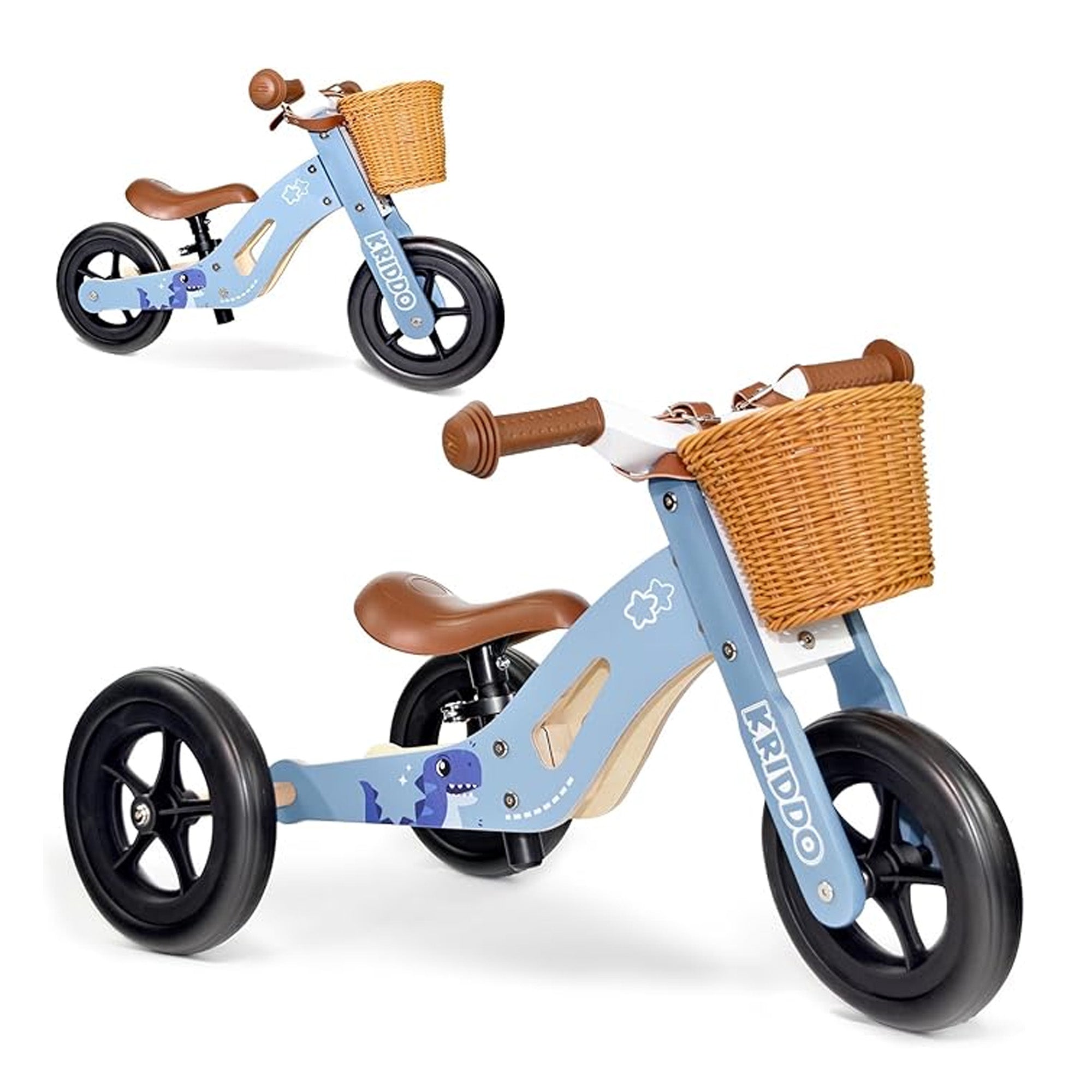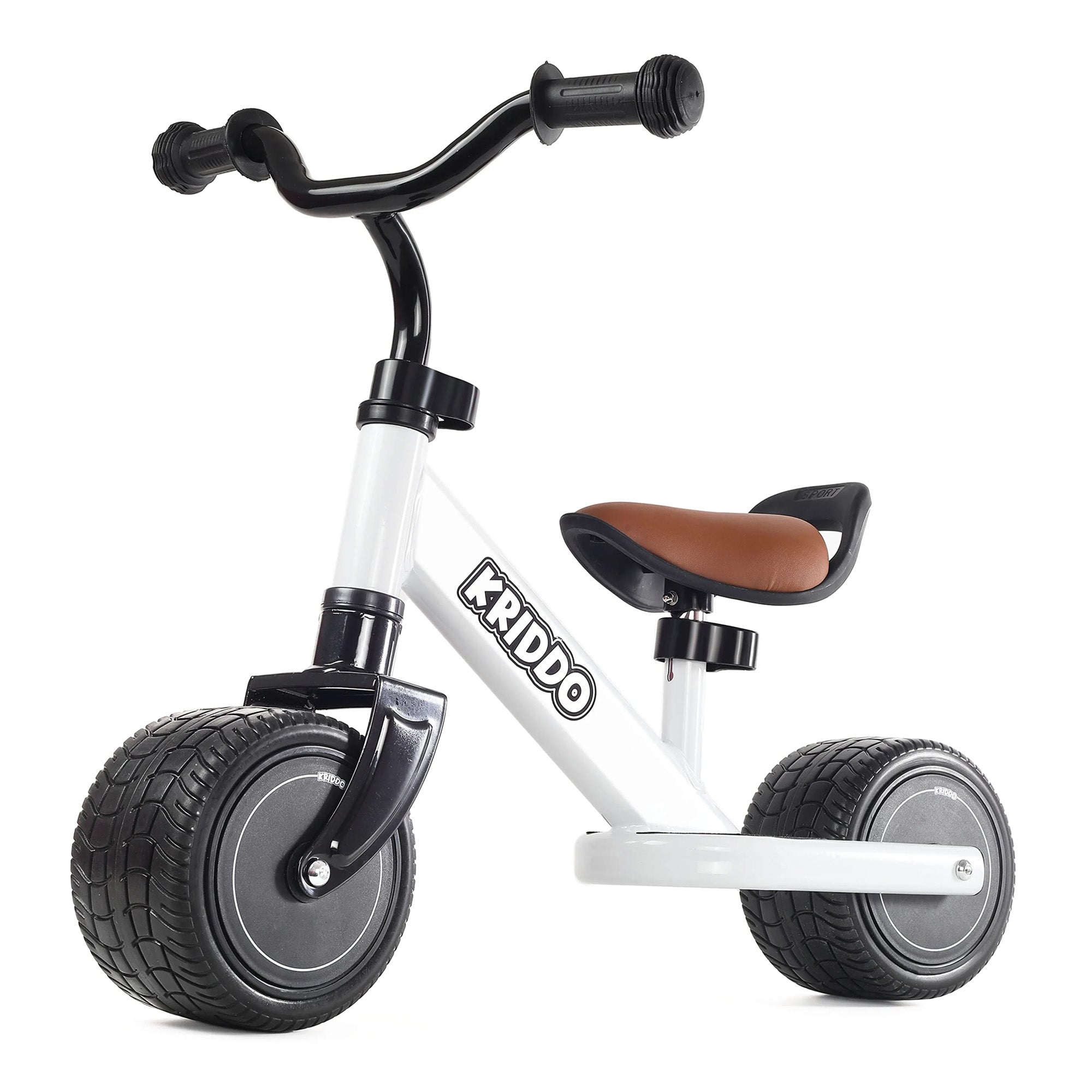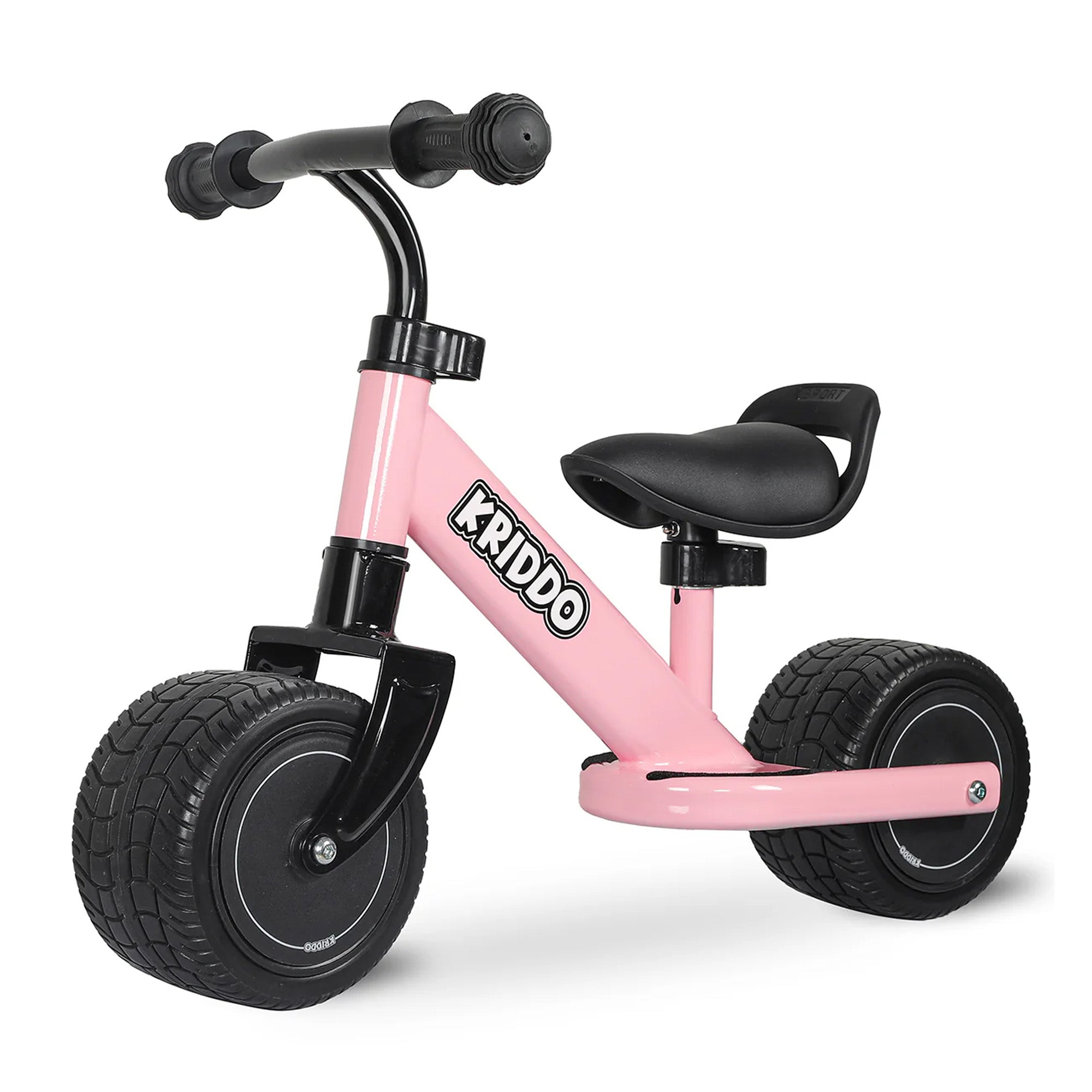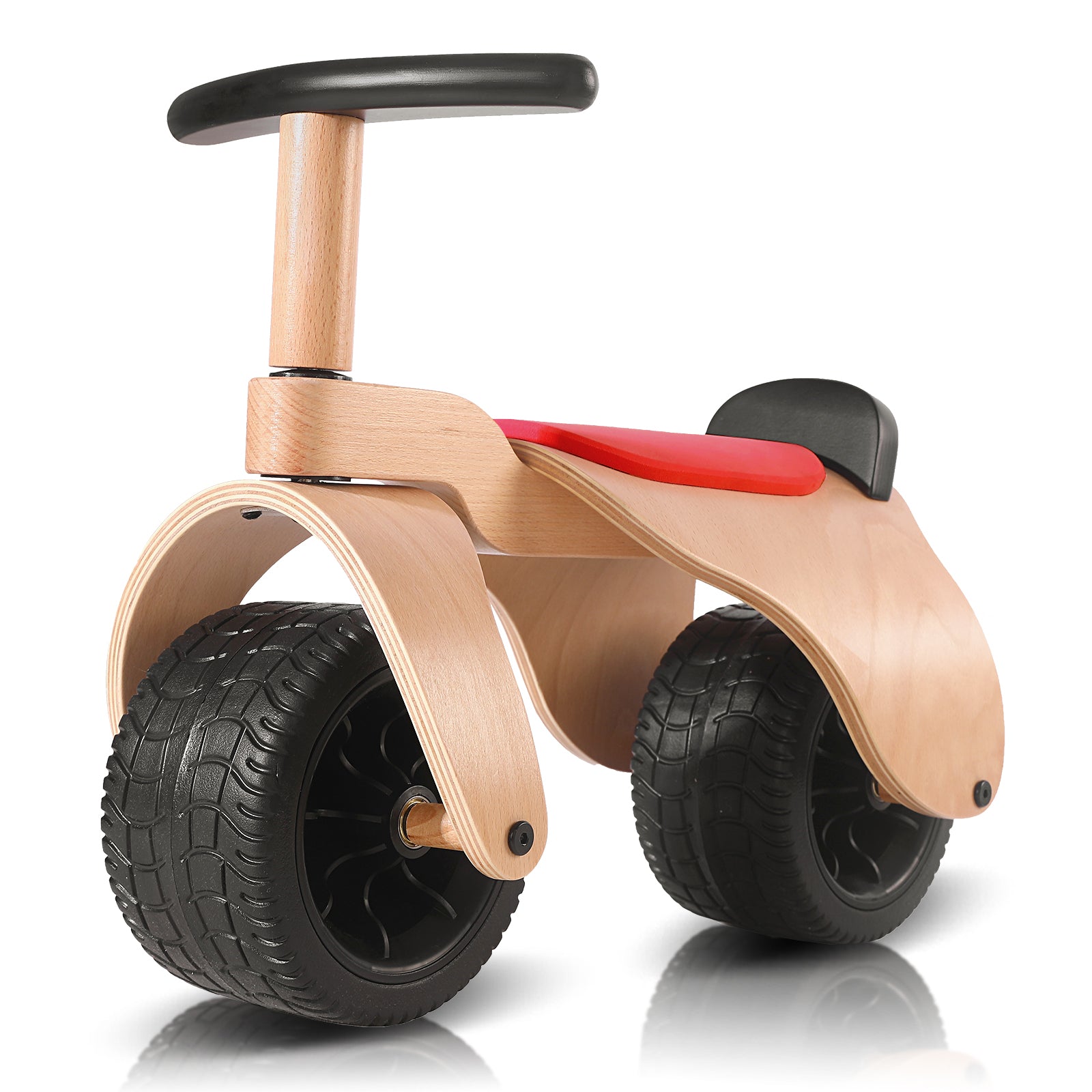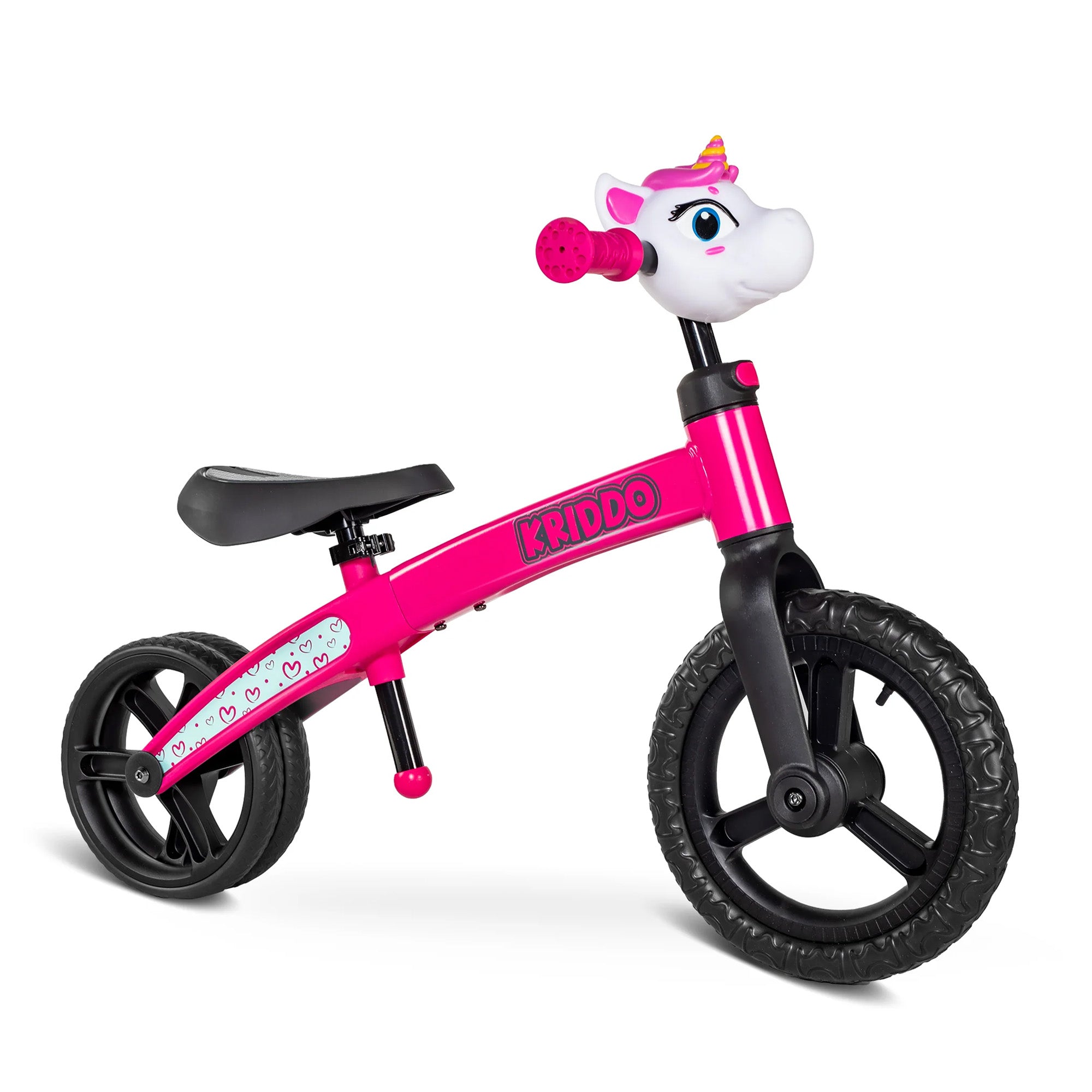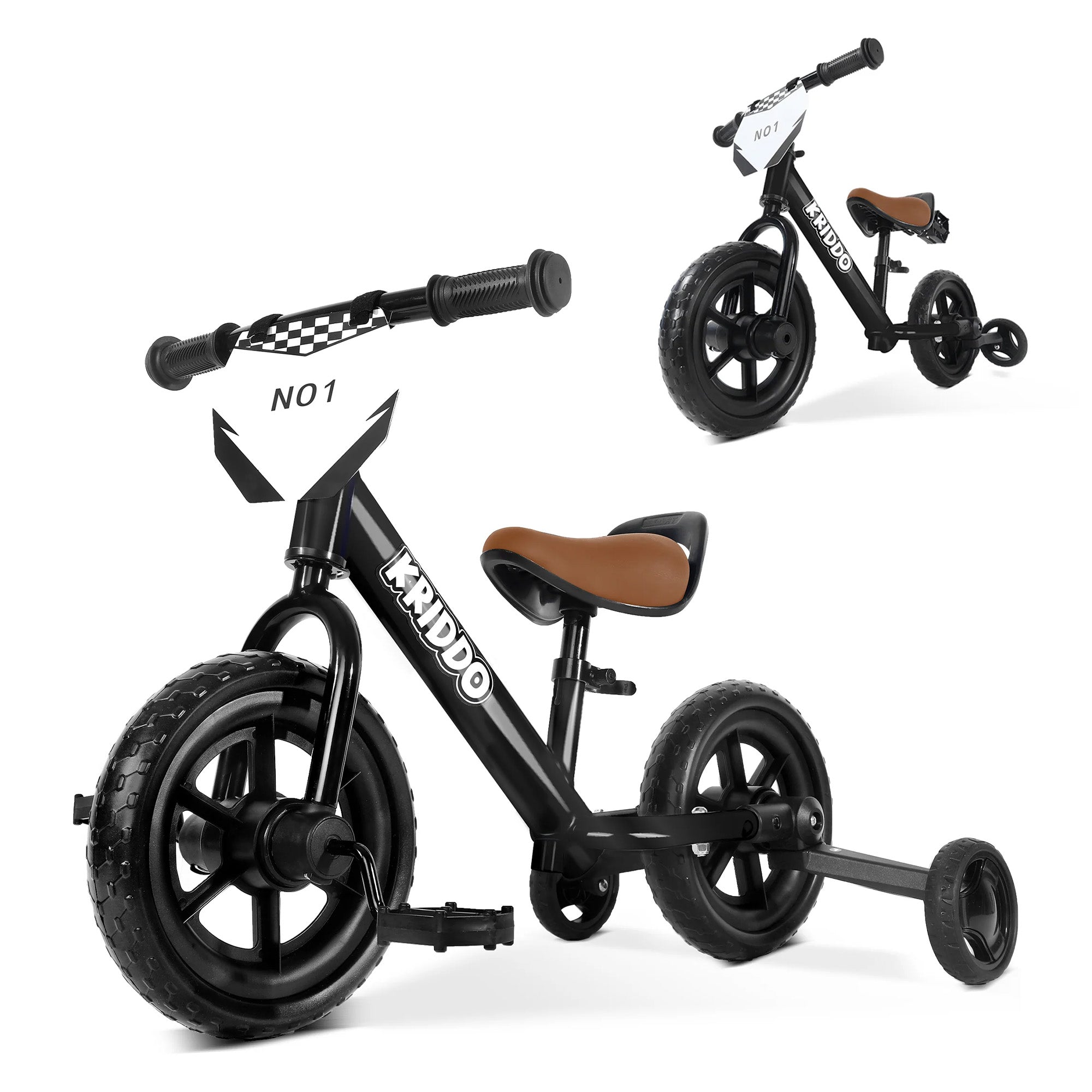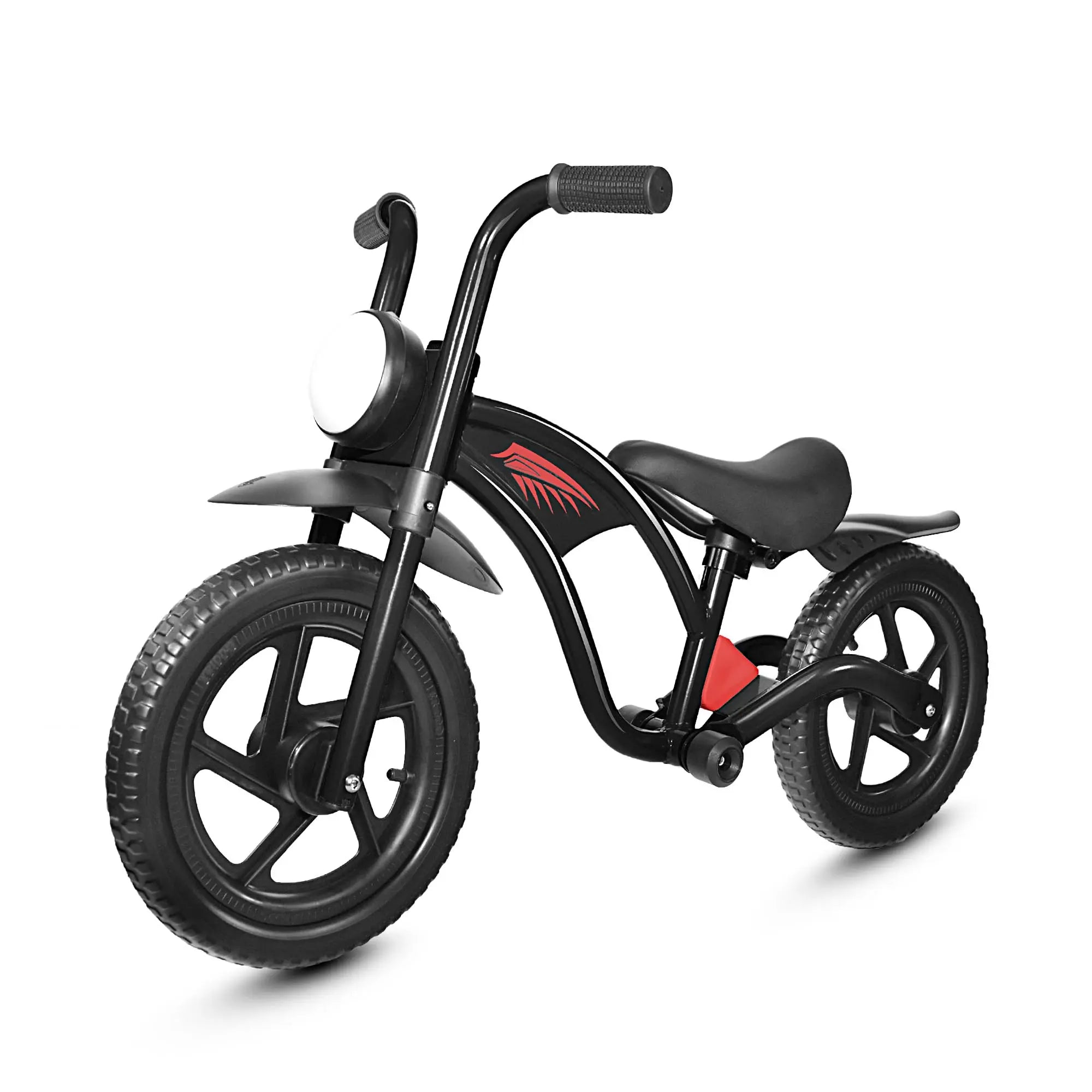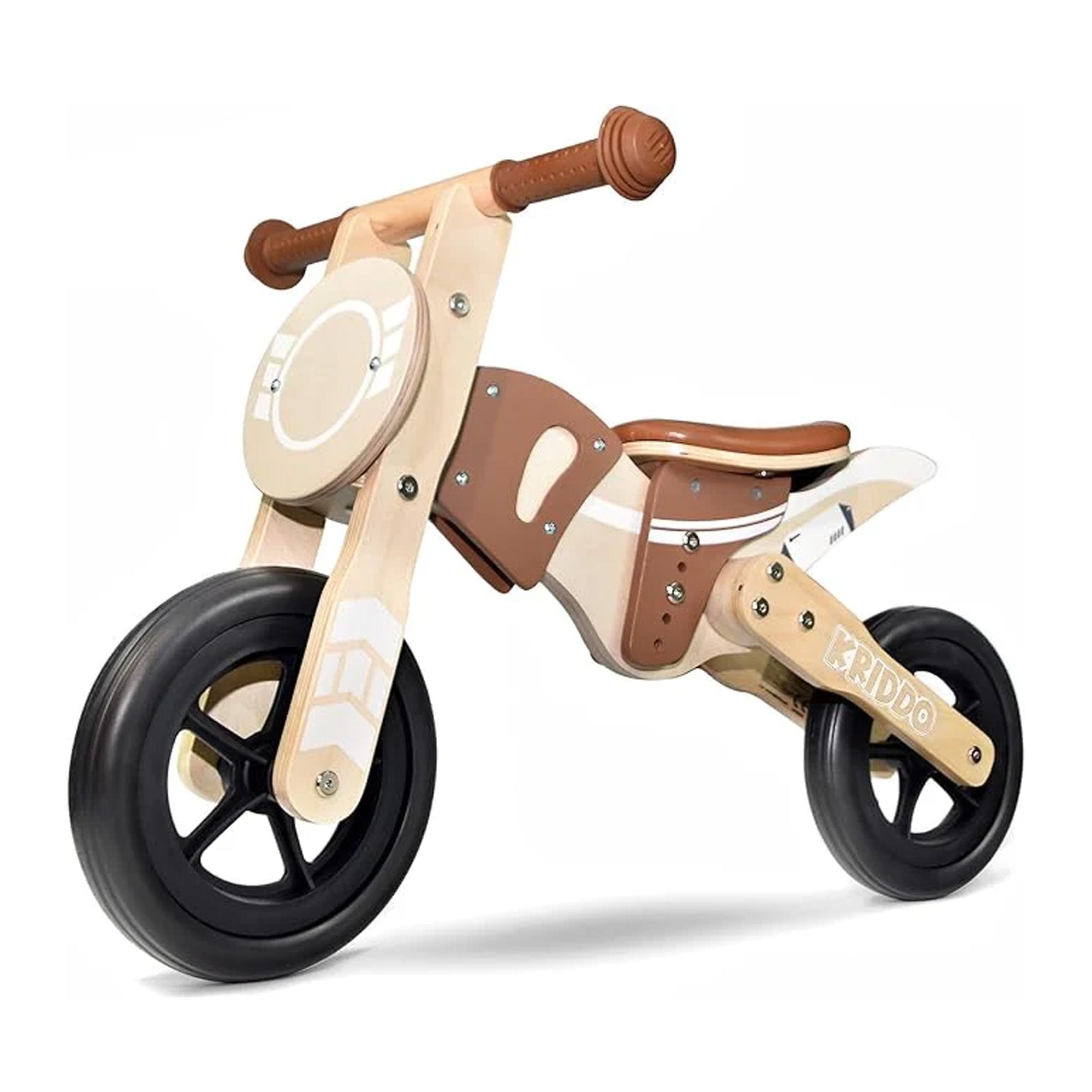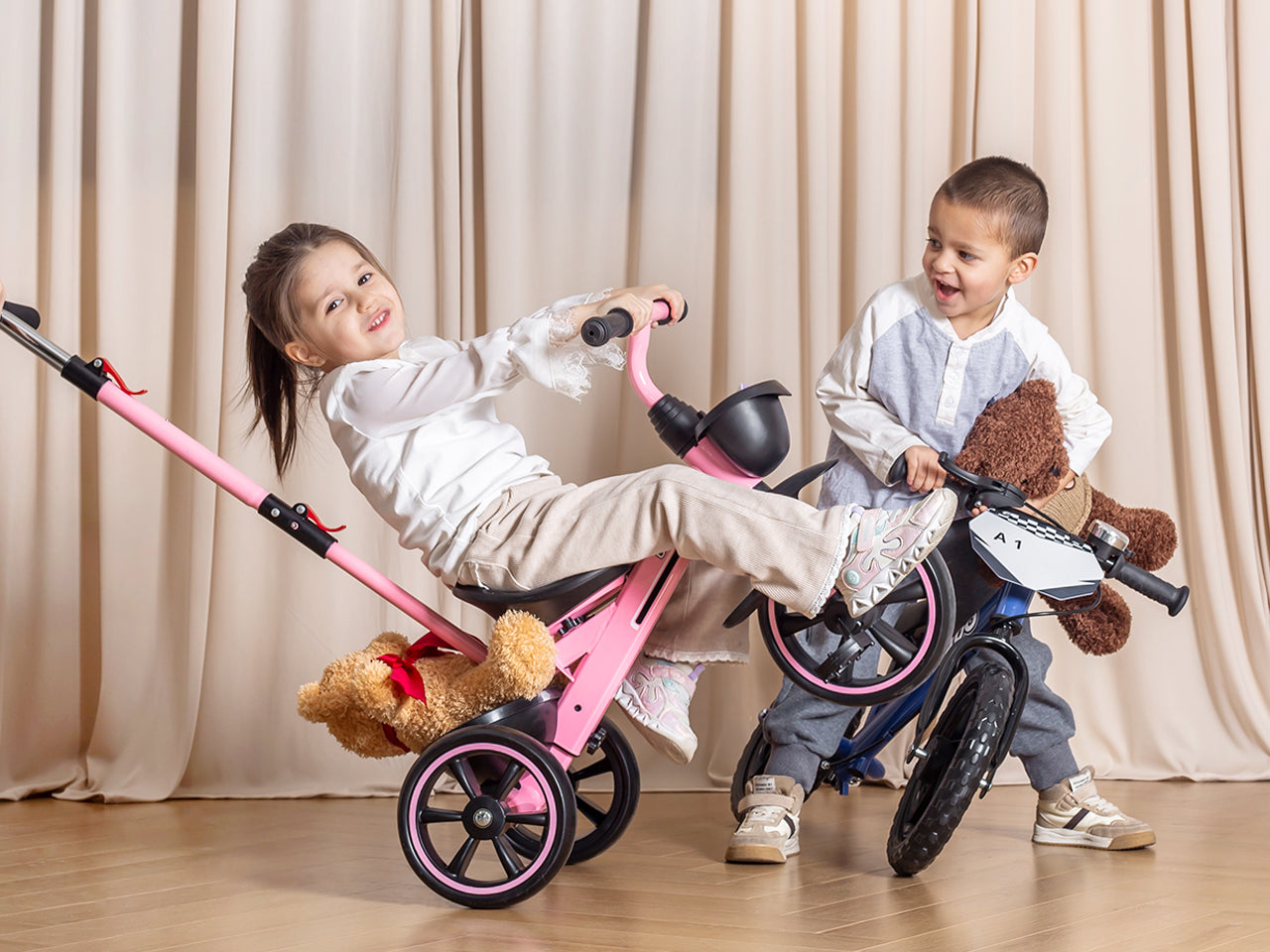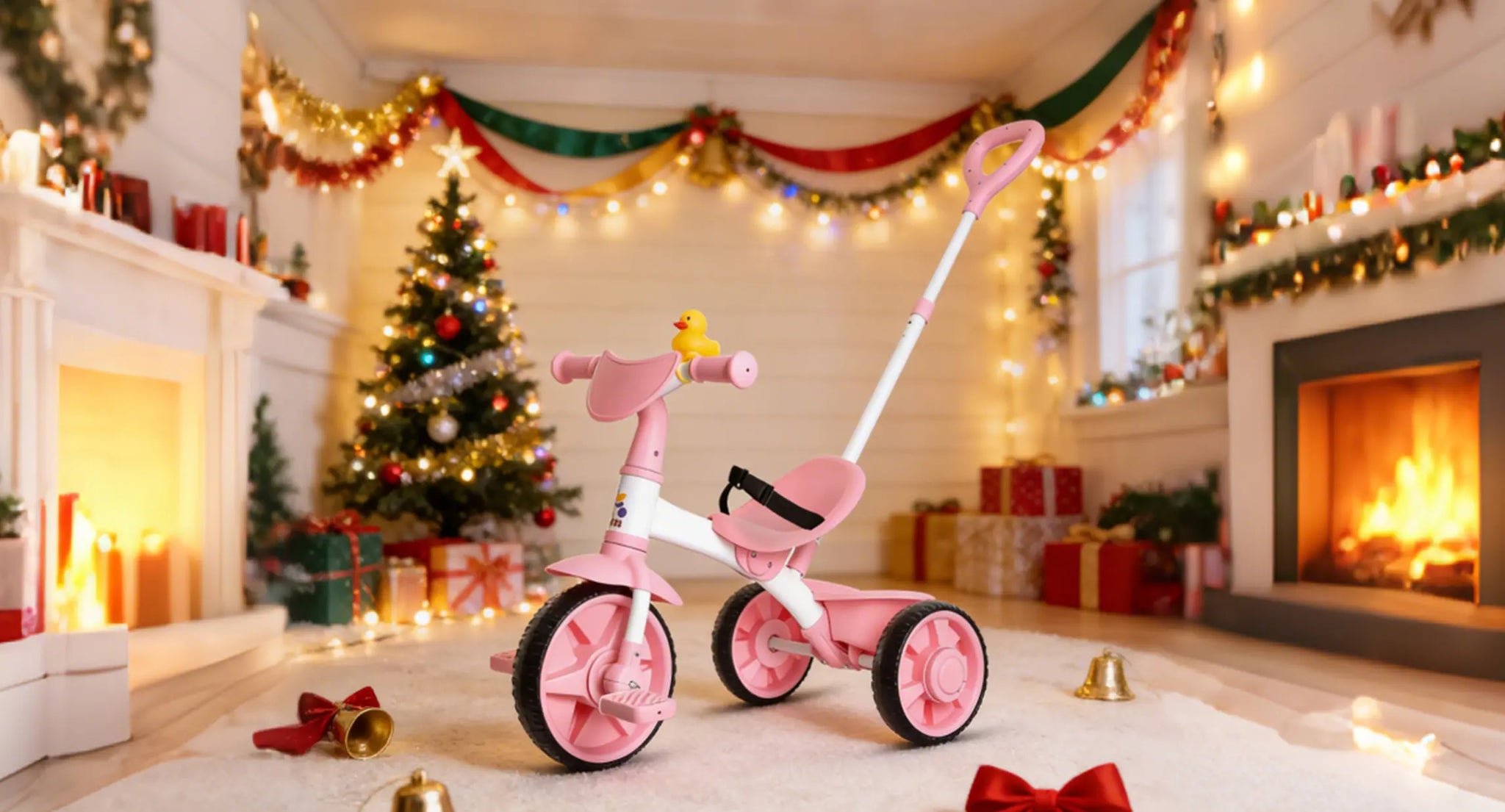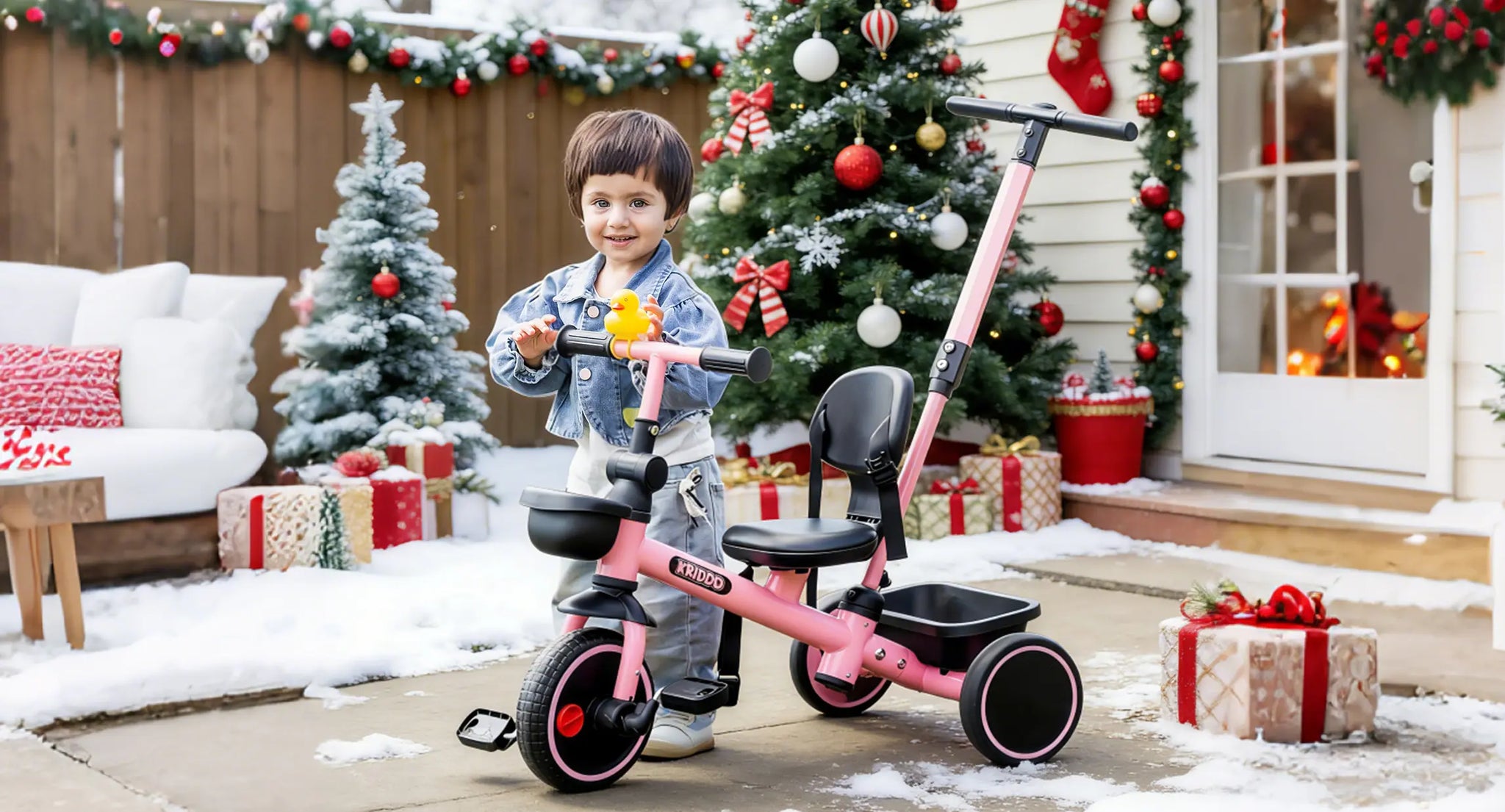Baby Balance Bike:
Supporting Your Baby’s First Steps
Coco | 18th,June
Your baby’s first steps—wobbly, wide-eyed, arms up for balance—are a milestone moment. It’s not just adorable; it’s developmental gold. Walking signals a shift toward independence, mobility, and a brand-new view of the world. But what comes next?
Once your little one begins to explore life on two legs, tools like a baby balance bike can provide just the right support—without pressure. These pedal-free bikes are designed to encourage movement, boost coordination, and help toddlers build strength in a fun, natural way.
When Do Babies Start Walking?

Most babies start standing and cruising (walking while holding furniture) around 9–12 months and may take their first independent steps between 12 and 15 months. For some, it happens earlier; for others, closer to 18 months. The timing varies widely—and that’s totally normal.
What’s important is that walking doesn’t come out of nowhere. Before those first steps, your child practices essential pre-walking skills:
Pulling up to stand
Shifting weight from leg to leg
Squatting and standing back up
Balancing without support for short moments
These early efforts prepare the body for walking. And in the midst of all this learning, a baby walker balance bike can be a gentle, engaging way to encourage more movement—without making it feel like a task.
What Is a Baby Balance Bike?

Unlike traditional walkers or tricycles, a baby balance bike is a small, low-to-the-ground bicycle without pedals. Your toddler sits on the saddle and uses their feet to push, scoot, and stop. The goal isn’t speed—it’s stability, control, and confidence.
This setup allows kids to:
Practice dynamic balance
Strengthen core and leg muscles
Learn to steer and turn
Build independence at their own pace
Many families start using these bikes once their toddler can stand and walk with support—typically around 12 to 18 months. Some parents opt for a wooden balance bike 1 year old style for its simplicity and durability, especially when introducing the concept indoors or on smooth surfaces.
How It Helps with Motor Skills
Learning to walk involves more than just the legs. It requires coordination between multiple muscle groups, sensory feedback, and spatial awareness. That’s where a balance bike shines.
Encourages Gross Motor Development
Scooting forward activates major muscles in the legs, glutes, and core. At the same time, steering and stabilizing the bike improves trunk control and posture. These are all key skills for walking, climbing, and running.
Builds Balance and Body Awareness
Unlike toys with support trays, balance bikes force toddlers to stabilize their own weight. Over time, this leads to better balance and a stronger sense of where their body is in space—skills they’ll use on stairs, playgrounds, and uneven terrain
Supports Fine Motor Integration
Holding handlebars, adjusting grip, and coordinating turns involve smaller muscles and motor planning. It’s not just about motion—it’s about control. These movements also prepare toddlers for later tasks like feeding themselves or holding crayons.
The Confidence Factor
One of the biggest benefits? Confidence.
A child who can move independently—without always being held or helped—feels empowered. Each scoot forward is a little “I did it!” moment. And those moments build up, helping toddlers feel capable, curious, and more willing to try new things.
Baby balance bikes also provide a safe way to experience and learn from small falls. That trial-and-error process strengthens resilience and teaches problem-solving. “I tipped over, but I got back up”—that’s a life skill in itself.
Is It Too Early for a Balance Bike?
Many parents wonder: Can my 12- or 13-month-old really use a balance bike?
The answer: If your child can stand and take supported steps, they can likely begin practicing on a baby balance bike. Just choose one designed for this stage—lightweight, with a low seat and wide wheels. Indoor use on carpet or soft flooring can help ease the transition.
KRIDDO Baby Balance Bike options are often ideal for this stage. They’re sturdy, simple, and don’t overstimulate with too many moving parts. Plus, their natural look appeals to parents who prefer eco-friendly materials.
Everyday Ways to Encourage Use
The key is keeping it low-pressure and fun. Try these ideas:
Let your toddler explore the bike indoors at their own pace
Use favorite toys as “goals” to scoot toward
Show them how you push it, then let them try
Ride alongside them—yes, even a parent on a scooter can make a difference!
Remember, it’s not about mastering a skill in a week. It’s about movement, practice, and joy.
Final Thoughts

A baby balance bike isn’t a must-have gadget—but for many toddlers, it becomes a daily companion through one of the most exciting periods of growth. It’s not just about learning to ride. It’s about discovering movement, building strength, and stepping (or scooting) into independence.
Whether your child is just beginning to stand or already toddling across the room, the right balance bike can meet them where they are—offering support, freedom, and a whole lot of fun along the way.








